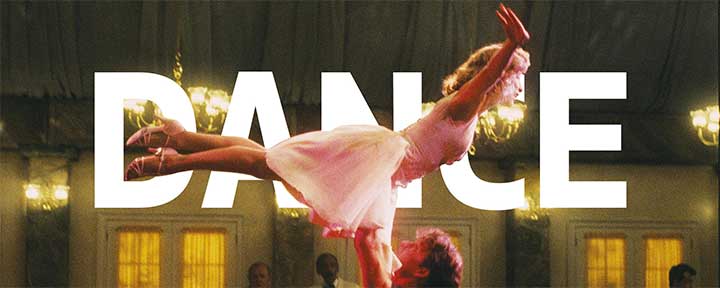VisualStory®
Structure and storyboard a talk
Analyze your audience and organize your ideas into a story structure that will move them. Transform content into visual concepts and build a storyboard for your presentation.

From the time of Biblical David to the era of Kevin Bacon, people around the world have been dancing to celebrate, worship, entertain, and tell stories.
While “dance” nowadays may be predominately associated with “the Stars” or Channing Tatum’s abs, an original group of scientists is bringing the medium back to its storytelling origins.
A few years ago in Vienna, journalist John Bohannon spent New Year’s Eve with scientists of varying backgrounds. Like most of us trying to celebrate the last day of the year, he was worried the party would fall flat. His solution was to convince his friends to loosen up by explaining their work through a dance.
That evening, “Dance Your Ph.D.” was born.
Now, an annual competition, “Dance Your Ph.D.” challenges doctoral students across scientific disciplines to explain their theories, hypotheses, and research… without words. Science Magazine offers a monetary prize–and the adoration of academia–to Ph.D. candidates who can explain concepts like particle physics and heart valve biomedical engineering, through movement.
At Duarte, we’ve built a legacy around helping people and organizations distill complex information and make technical data digestible for a broad audience. We’ve used images, animations, motion graphics, even holograms, to try and bring a degree of visual clarity to our client’s work, but very honestly we hadn’t yet thought of using dance. We were inspired by their work and noticed how their strategies parallel some of our own, including:
When presenting, it’s “show-and-tell.” In fact, we often use visuals to drive the narrative and use only essential language on the presentation slides themselves. You can see this wonderfully illustrated in Uma Nagendra’s 2014 winning submission, “Plant-soil feedbacks after severe tornado damage.”
Almost all of Nagendra’s visuals were able to communicate highly technical, complex ideas, with few or no words.
A quick tip to remember when developing visuals for your presentations is the “3-second rule” – if the audience can’t ascertain the meaning of your ‘visual’ in less than 3 seconds, it needs revision. Try our Glance Test if you want to see how your slides stack-up. Fortunately, getting your meaning across can be easy if you have a solid Big Idea.
According to Nagendra, one of her key takeaways from the competition was learning how to “distill down to a core message without taking away from the complexity of the science itself.”
Right?!
To do this successfully, you have to define your Big Idea, or as Nagendra called it, your “core message.” This message then becomes the filter through which all ideas pass.
To distill the Big Idea behind your slides or presentation, Nancy Duarte recommends that you check that it:
 Articulates your unique point of view
Articulates your unique point of viewYou can learn more about how to arrive at your Big Idea by checking out Duarte’s book, Resonate, or by taking one of our workshops. But, to start to arrive at the Big Idea that’s going to resonate with your audience, you have to first…
To take the crown, the victor must successfully present to a panel of both scientists AND dancers. The champion is crowned on scientific merit and dancing ability, as well their ability to bridge the worlds of science and art. Participants in the contest didn’t just have to communicate with others within their specialty – they had to win over an audience that included members of an entirely different field!
Believe it or not the scientists’ experience in this context is similar to the experiences of some of our clients. In a corporate setting, we often present to people from various departments, backgrounds, and industries. That’s why we apply an audience-centric lens to our work as soon as we start to think about a presentation.
When you begin to prepare your presentation, always consider where your audience is now, what they understand, and what they’re predisposed to believe. Then, imagine what you want them to understand and believe when you’re done presenting. That’s your audience’s journey. Everything in your presentation should be in service of moving them along that path.
But if you want to communicate with an outside audience, you’d better…
Technology and science are evolving at warp speed and with the breakthroughs comes a new vocabulary. The issue is, it’s unlikely those outside of your field are familiar with your professional slang. You need to modify your language (or, in the Ph.D.’s case remove it all together) to help the layman understand what you’re saying. Ultimately, your idea’s perceived value will be largely based on how well you can communicate it.
Like successful presenters, to succeed in the contest, the PhDs had to show more than they told. While their research was technical, they had to remember the diversity of their audience, “kill their darlings” and stick to the “Big Idea.” Finally, in the case of the scientists, they didn’t just drop jargon, they dropped language altogether and returned to the universal language of movement. While that may be impractical for the boardroom, the lesson here is to modify your language to resonate with everyone in the room.
So, next time you’re explaining quantum mechanics, compelling organizational change, or just trying to convince a small town to let you dance… our new scientific friends have taught us: a beat is worth a thousand words.